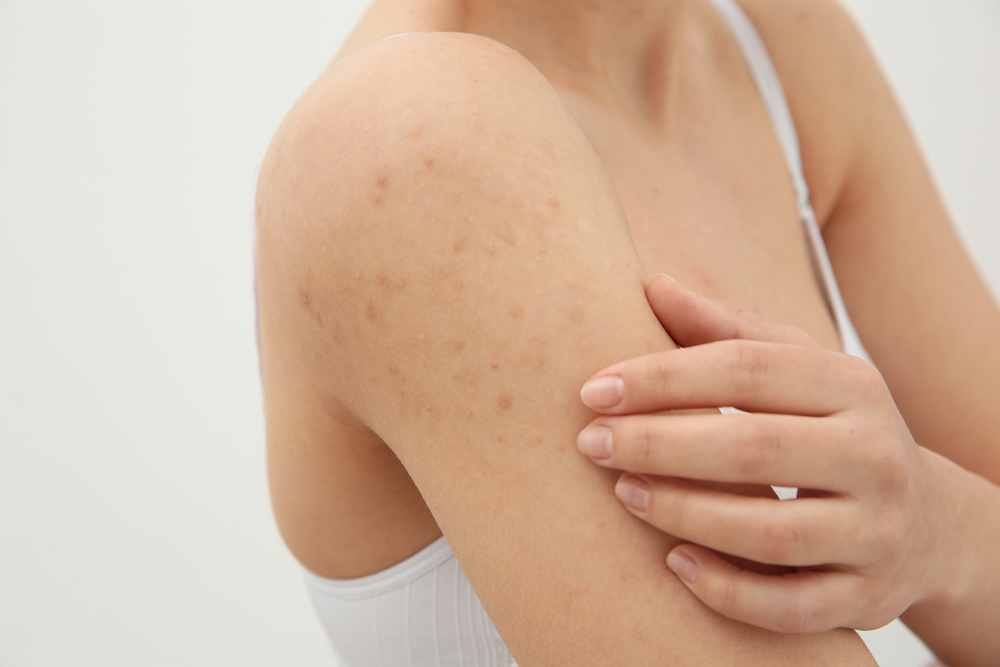Everything You Need To Know About Hiv Skin Rash
Everything you need to know about HIV skin rash
The human immunodeficiency virus (HIV) leads to the continuous deterioration of the immune system as well as poses a serious threat of end-stage cancerous conditions and contracting other life-threatening infections. The sickness can be controlled by medication and treatment; however, there is still no complete cure for it. Below is some basic information about rashes caused by an HIV infection.
What is an HIV rash?

- Among the most common and visible symptoms seen in a person who has been infected by HIV are the skin sores and rashes.
- These symptoms happen to occur on the skin of an HIV infected person within two months of contracting the virus.
- The common body areas where an HIV positive person gets the skin rash are the hands, legs, face, and the chest.
- These rashes generally appear as red flat patches with tiny bumps. One can view HIV rash pictures online to know if a rash is caused due to HIV infection or something else.
- The HIV skin rashes are accompanied by constant discomfort caused by itching.
What triggers the HIV skin rash?
- An HIV rash may appear on the skin of an HIV positive person either as a symptom of the condition or as a side effect or allergic reaction of the medical treatment for the disease, specifically, the antiretroviral drug.
- Hence, the actual cause of these rashes may never be confirmed in the case of an HIV patient.
What can aggravate the rash?
As the trigger for an HIV rash may never be known, it is advisable to not bring about any lifestyle changes without consulting a doctor. Some factors that may aggravate an HIV rash are:
- Any kind of allergic reaction, infection, or illness can worsen the condition of the skin of the HIV positive person.
- Certain medicines.
- Exposing skin to direct sunlight may aggravate an HIV rash.
- Alterations to the food eating patterns or diet.
- Regular change of toiletries.
- Being exposed to extreme temperature or taking a hot shower.
What is a seroconversion rash?
- Within a few weeks of contracting an HIV infection, the HIV antibodies start growing in the infected person’s body, and he/she tends to develop a rash along with symptoms like flu, swollen lymph nodes, etc. This rash is known as a seroconversion rash.
- This rash does not cause itchiness and appears as flat red patches on the chest or the back.
What is cellulitis?
- Cellulitis is a rapidly spreading skin infection that happens in the deepest layers of the skin that subsequently causes swelling and intense pain and high fever.
- The condition begins generally with a tiny cut on the skin.
- However, the infection may be caused even without a cut.
- The area that is infected by cellulitis of an HIV infected person is hot to touch due to the inflammation in the skin.
- As the infection spreads rapidly, streaks red in color may become visible extending from the main site of the infection.
What is a herpes rash?
- Due to poor immunity HIV positive patients develop severe symptoms and conditions of herpes in comparison to those without HIV.
- Herpes manifests itself as a rash on the skin and is a highly contagious skin infection.
- The herpes simplex 1 and herpes simplex 2 can cause blisters in the mouth, on the genitals, or in both the places.
- These blisters are painful and crusty.
- Herpes zoster aka shingles develop only on one side of the body; however, people who are HIV positive can develop these shingles on both the sides of the body.
What is ringworm?
- One of the most common fungal infection that rash is a ringworm.
- It is easily contracted by an HIV positive person.